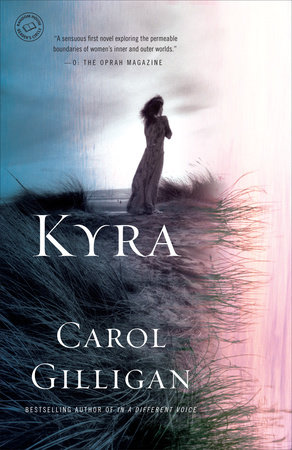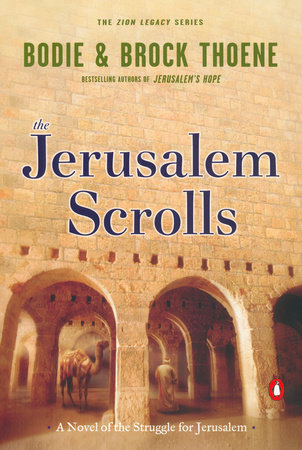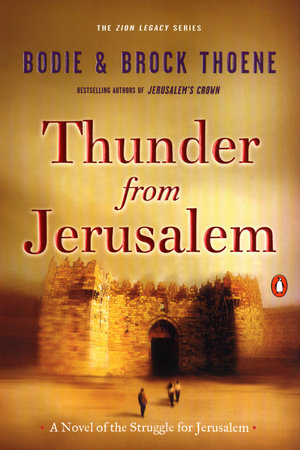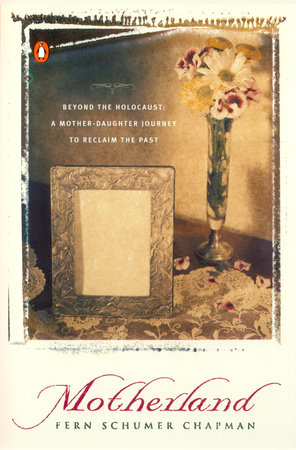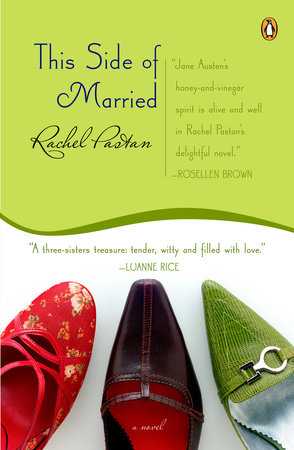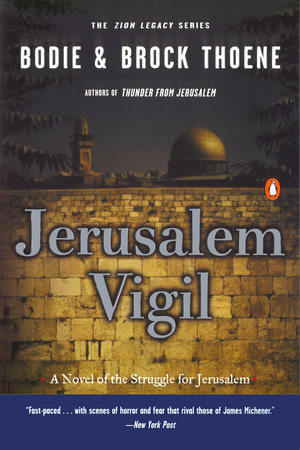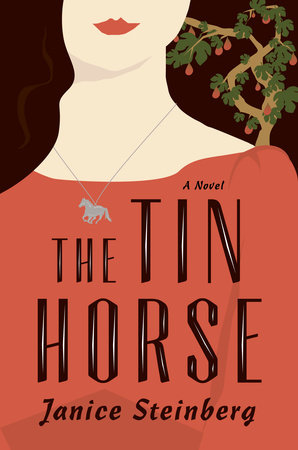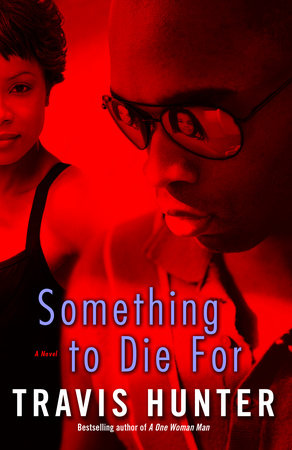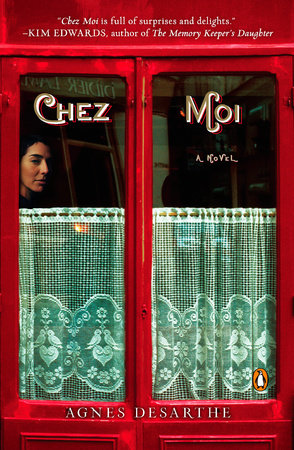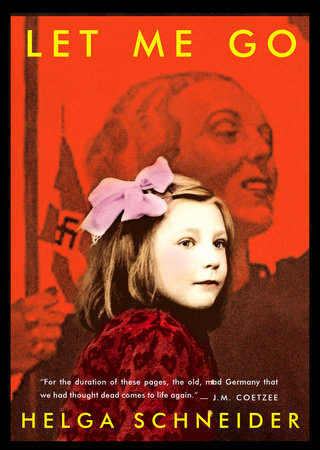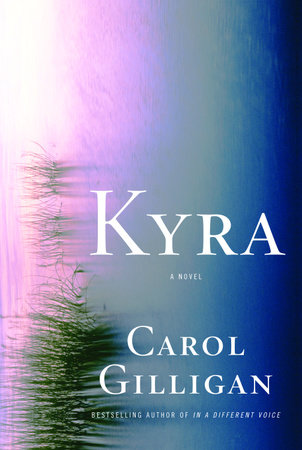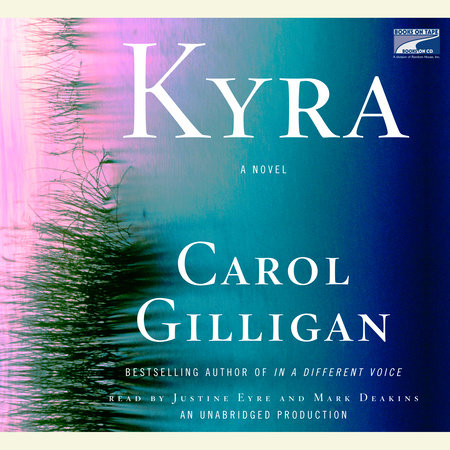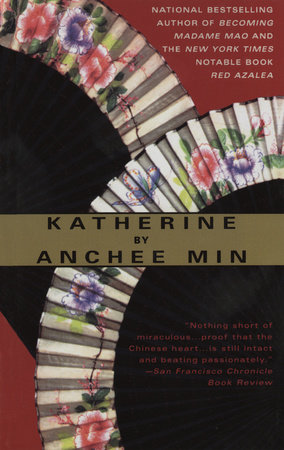Author Q&A
A Conversation with Carol Gilligan
Random House Reader’s Circle: Your book In a Different Voice broke new ground in how we think about gender, psychology, moral behavior. You held the first chair in gender studies at Harvard University. After such a high-profile academic career, why did you decide to write a novel? And tell us a bit about the transition.
Carol Gilligan: The idea for the novel came to me one Sunday morning when I was reading in The New York Times Book Review about a new translation of The Aeneid. The reviewer quoted the exquisite passage where Aeneas goes to the underworld in search of his father and comes upon Dido, “so forlorn.” He says to her, “I could not believe I would hurt you so terribly by going,” and this fascinated me: how an intelligent and sensitive man could not know how his action would affect someone he loved. And I also thought how crazy-making this is for a woman, when the reality of her experience–in this case, her experience of love–is suddenly called into question. I found myself imagining how this might play out in the modern world, and then the characters of Kyra and Andreas came to me. I wanted to write the story from her perspective, but in the end, I also wanted to enter his voice and hear how he would talk about the experience.
RHRC: You say that you were fascinated with exploring the tragic love story of The Aeneid. How did this interest begin?
CG: I’ve been intrigued by The Aeneid since we read it in high school. My Latin teacher was in love with Aeneas, which I found puzzling given what happened to Dido. When my sons were in high school and reading Virgil, I sat in on some of their Latin classes. They had an amazing teacher–Polly Chatfield–whose brother was a classics scholar, and she led me to a book and an article that changed my understanding of what Virgil was doing. I had seen him as telling a story of heroism and tragic love, but I realized he was also showing us the costs of an armored heroism, for Aeneas himself as well as for everyone around him.The part I found most moving was the love story, and that’s also where the poetry is most beautiful. Infelix Dido, unlucky Dido, Virgil says, but in the end, Aeneas is the more troubling character. So what happens when a woman who is building a new city falls in love with a man who is carrying an old history, what happens to her and to him? These became the questions of the novel.
RHRC: To what extent, if any, did your academic research influence the novel?
CG: I don’t think my academic research influenced the novel, although there is a connection. I mean, I’m one person and I’ve written both. The connection I see comes from my interest in how people live, the stories they tell about themselves and their lives. In my academic writing, I draw on people’s voices to convey their experiences, and this may be one reason that work has resonated so widely. In fiction, I was not bound by tape recordings. I could imagine characters whose lives intrigued me. And the oddest experience in writing fiction is when characters appear whom you have not anticipated–like Roya, the Iranian architect, who just showed up one day with her spiky hair and silver bracelets, and also Sid, Kyra’s architect friend from New York. They arrived with distinctive voices and personalities.
RHRC: The therapist character–Greta–is interesting because she inspires us to look at the formal structures of relationships in our society. At what point in thinking about the novel did you decide that you needed this character in order to tell the full story of Kyra?
CG: Greta came to me slowly; it took me awhile to see her clearly and to hear her voice. When I started writing the novel, I knew that Kyra would not kill herself like Virgil’s Dido does when Aeneas leaves her; being a modern woman, she would end up in therapy. But how to write therapy sessions in a way that would be interesting seemed daunting at first. Then I became intrigued by Greta’s response to Kyra when she questions the structure of the therapy relationship. How would Greta feel and think about that? Once I got into the interplay between the two women, the therapy scenes between them started to flow.
RHRC: Your characters fall into prescribed roles as lovers, as professionals, as artists, and then they break out of those roles in the course of the novel. Describe this dynamic and why you chose to reinterpret a classical, tragic love story.
CG: I’ve always been captivated by tragic love stories, and I found myself wondering why. There’s a certain structure, a certain inevitability to these stories that I’ve always resisted. And the “what if” question led me into writing such a story. In the novel, Kyra and Andreas play a game called change the ending; I’ve always been intrigued by how people can resist fate. For Kyra and Andreas, it’s an enormous risk to love again after what each has been through. What would lead them to take this risk in the face of the losses they have suffered? My husband calls the novel a love story for grown-ups, and it is–it’s about a love between two people who have experienced loss, who have come through a tragic history– the history of Europe in the twentieth century–and who find themselves suddenly and unexpectedly in love again. When I began the novel, I didn’t know how the story would end.
RHRC: You say you were fascinated by how intelligent, sensitive people like Kyra and Andreas could be so irrational in matters of love. Why does love make us crazy?
CG: I don’t think love makes us crazy. What makes us crazy is when we experience love–when we feel that depth of connection with another person–and then something happens to call the reality of that experience into question. That’s what’s crazy-making, and Kyra’s questions are: Was what she experienced with Andreas true? Was it real, what she thought and felt? And what can she trust or believe in? Roya says that love is “the revolutionary emotion,” the emotion that allows things to turn. But for Kyra and Andreas, it’s a huge risk to open themselves in this way again.
RHRC: Do you think, in today’s society, we still suffer from conventional roles in relationships even though the context of love and work has changed for many people?
CG: Today’s society reflects the huge changes that occurred in the 1960s and ’70s, and what I see is that we’ve reached a kind of turning point or crossroads with respect to men’s lives and women’s lives and relationships. Some people want to go back to the 1950s, to the way things were then, which I remember, and some, including me, want to go forward toward a deeper realization of what true freedom entails, where both men and women can love and work freely and participate equally as citizens in a democratic society. In Kyra, the backdrop of history is very alive. Kyra and Andreas have lived through some of the most terrible history of the twentieth century. Both are inventive people, both are working in the world to bring about change. I was interested in that and also in their struggle to liberate themselves emotionally from a kind of captivity to the past. There’s a point in the novel when Anna, Kyra’s sister, says that the past is the best predictor of the future, and then she adds, “To believe that [is] to commit oneself to doom.”
RHRC: What does fiction give us that nonfiction can’t?
CG: Fiction gave me a freedom that nonfiction doesn’t have– a freedom to explore with fewer constraints, or maybe different constraints. To rely on imagination rather than on the kind of evidence you build on in doing research. Fiction allowed me to explore questions that interest me–questions about love and about psychotherapy–without having to resolve those questions or speak from a position of expertise. I loved writing the novel, living in that world with those characters, even though there were times when I found it deeply challenging. I had to free something in myself to do it, but in the end, it was easier for me than academic writing. More pleasurable. I felt I could draw on more parts of myself and also on a wider range of language.
